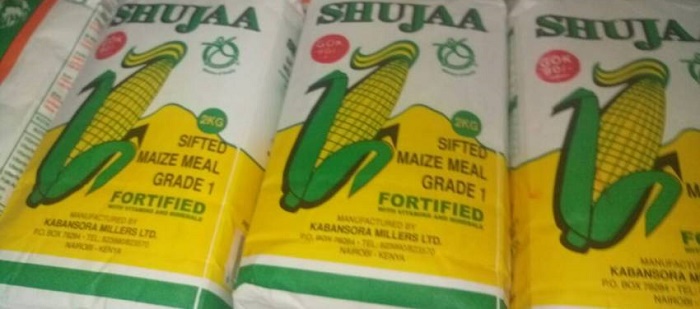Kenyans paid more for water, gas, electricity, and less for transport in March despite the easing of the inflation rate according to the latest stats from the Kenya National Bureau of Statistics (KNBS).
According to the Bureau, the Housing, Water, Electricity, Gas and Other Fuels Index increased by 0.2 percent between February 2024 and March 2024 mainly due increase in prices of gas/LPG by 1.4 percent.
At the same time, KNBS says during the same review period the prices of kerosene went down by 2.3 percent. In addition, prices of 200 kWh and 50 kWh of electricity dropped by 0.3 percent and 0.4 percent, respectively, during the period.
The Transport Index decreased by 0.6 percent between February 2024 and March 2024 although most PSVs did not ease the fair for the millions of Kenyans. This was attributable to a drop in prices of petrol and diesel by 3.5 percent and 2.6 percent, respectively.
The Food and Non-Alcoholic Beverages Index rose by 0.5 percent between February 2024 and March 2024. National average prices for selected items.
Prices of maize flour loose, maize flour-sifted, sugar, and fortified maize flour dropped by 9.6. 5.8, 5.3, and 5.1 percent, respectively between February 2024 and March 2024. During the same period, however, prices of onions- leeks, bulbs, mangoes, and potatoes (Irish) increased by 11.1, 8.0, and 7.7 percent, respectively.
With the above in play, the overall year-on-year inflation rate as measured by the Consumer Price Index (CPI) was 5.7 percent, in March 2024. This means that in March 2024, the general price level was 5.7 percent higher than that of March 2023.
This was mainly driven by increases in prices of commodities under Transport (9.7%); Housing, Water, Electricity, Gas and other fuels (8.0%); and Food and Non-Alcoholic Beverages (5.8%) between March 2023 and March 2024. These three divisions account for over 57 percent of the weights of the 13 broad categories.
The CPI and inflation are generated from data collected through monthly surveys of retail prices that target a representative basket of household consumption goods and services.
The data collection is conducted in the second and third weeks of the month from a representative sample of outlets located in 50 data collection zones across the country.
Related Content: Remittances Offer Crucial Lifeline For Families Amid Record Inflation












